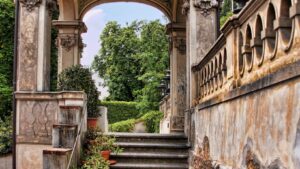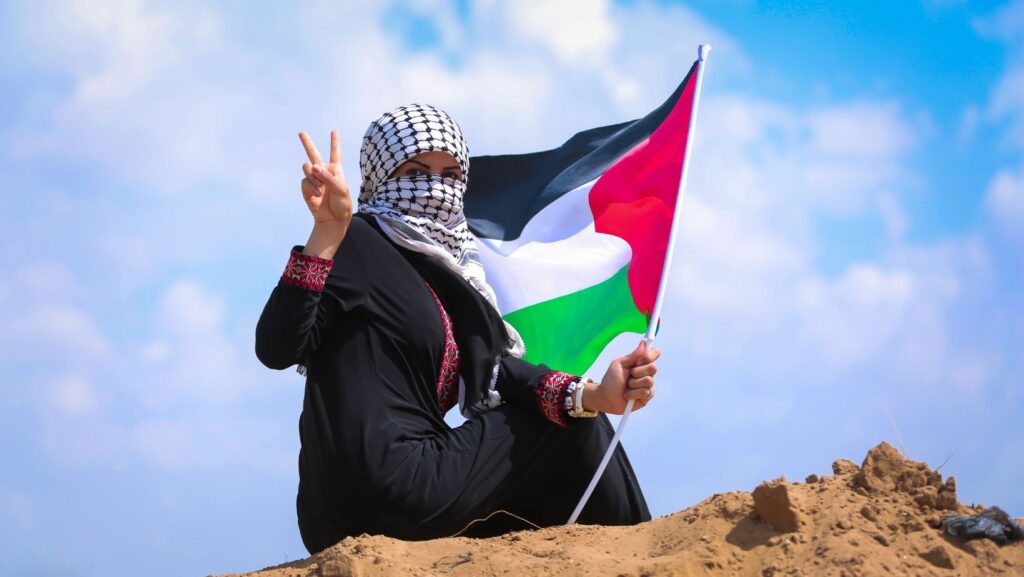Wallpaper:gprjbowod5k= Palestine
In a world where digital aesthetics shape online identities, the demand for unique and meaningful wallpapers has surged. Among the  myriad of choices available, wallpaper Palestine emerges as a captivating option for those seeking to express cultural pride and solidarity. These wallpapers not only beautify screens but also tell a story of resilience and heritage.
myriad of choices available, wallpaper Palestine emerges as a captivating option for those seeking to express cultural pride and solidarity. These wallpapers not only beautify screens but also tell a story of resilience and heritage.
The allure of Palestine-themed wallpapers lies in their vibrant colors and rich symbolism. From breathtaking landscapes to iconic cultural motifs, each design captures the essence of a region steeped in history and tradition. For many, adorning their devices with these images serves as a daily reminder of a land and its enduring spirit.
Whether one is drawn to the intricate patterns or the profound narratives they convey, Palestine wallpapers offer more than just visual appeal. They invite users to engage with a deeper cultural dialogue, making every glance at their screen a moment of reflection and connection.
History Of Wallpaper In Palestine
Wallpaper isn’t traditionally prominent in Palestinian interior design. However, the region’s rich historical patterns and motifs date back centuries, influencing decorative arts broadly. During the Ottoman era (1516-1917), patterns often featured geometric and floral designs,  echoing in modern-day decorative wallpaper.
echoing in modern-day decorative wallpaper.
In the mid-20th century, influences from European styles began to merge with local aesthetics. This brought new design elements but often retained traditional motifs. Palestinian embroidery, known as “Tatriz,” featuring vibrant colors and intricate patterns, started appearing in design themes.
In recent decades, Palestinian artists have infused historical themes with modern interpretations in digital formats. This approach made wallpaper a canvas for cultural and historical expression, reflecting resilience and pride. Using these historical influences, contemporary wallpaper designs often merge tradition with innovation, creating unique expressions of Palestinian identity.
Types Of Palestinian Wallpapers
Palestinian wallpapers combine vibrant cultural elements with artistic expression. They range from traditional designs to modern styles, showcasing the diverse heritage and contemporary creativity of Palestine.
Traditional Designs
Traditional Palestinian wallpapers often incorporate historical motifs and symbolism. Patterns such as geometric shapes and floral designs, prevalent during the Ottoman era, reflect the region’s artistic legacy. These designs often draw inspiration from Palestinian embroidery, known as “Tatriz,” which uses intricate patterns and vibrant colors. Wallpapers featuring these elements serve as a connection to Palestine’s rich cultural heritage, providing a visual representation of historical continuity.
Modern Styles
Modern styles in Palestinian wallpapers fuse traditional themes with contemporary artistic practices. Artists use digital platforms to reinterpret classic motifs, adding bold colors and abstract forms to create fresh, innovative designs. These wallpapers often explore themes of resilience and identity, reflecting the dynamic nature of Palestinian culture. By embracing modern techniques and perspectives, they offer a renewed portrayal of Palestinian artistry that appeals to a global audience.
Cultural Significance Of Wallpaper In Palestine
Wallpaper serves as a cultural bridge in Palestine, blending historical motifs with contemporary aesthetics. It connects individuals with their heritage while embracing modern creative expressions.
Reflection Of Heritage
Palestinian wallpapers frequently mirror the region’s rich heritage. Patterns draw inspiration from traditional arts like “Tatriz,” incorporating geometric shapes and floral designs prevalent during the Ottoman era. These motifs symbolize historical narratives and social values, reinforcing a connection to the past. The use of color and design speaks to unity and identity, with each element echoing stories of tradition.
Modern Adaptations
Contemporary wallpapers in Palestine transform traditional elements with modern artistic techniques. Digital platforms allow artists to  reinterpret classic motifs using vivid colors and abstract forms. This adaptation reflects themes of resilience and individuality, appealing to a global audience. The fusion of old and new empowers creators to express cultural narratives innovatively, bridging tradition and modernity in compelling ways.
reinterpret classic motifs using vivid colors and abstract forms. This adaptation reflects themes of resilience and individuality, appealing to a global audience. The fusion of old and new empowers creators to express cultural narratives innovatively, bridging tradition and modernity in compelling ways.
Wallpaper Palestine offers a unique blend of tradition and modernity, allowing individuals to express cultural pride and solidarity through art. By choosing these wallpapers, users engage with rich historical narratives and contemporary aesthetics, creating a meaningful connection to Palestinian identity. Whether opting for traditional motifs or modern interpretations, these designs serve as a vibrant testament to resilience and creativity. With easy access to authentic wallpapers through local markets and online platforms, anyone can incorporate these cultural expressions into their spaces. By thoughtfully selecting designs that align with personal style and cultural values, individuals can transform their environments into reflections of heritage and innovation.



